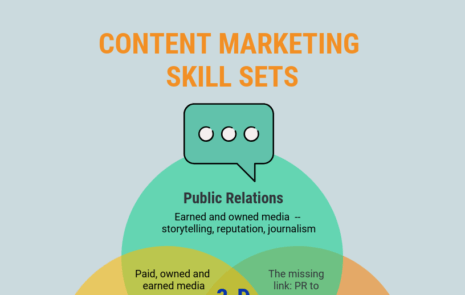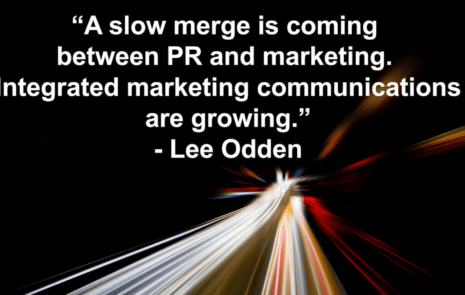
Should I even bother to try to get media coverage?
Good news media coverage can be a great way to get your organization’s story heard. Yet more and more clients are asking:
- Why is it harder than ever to get your news published?
- Is there is anything you can do about it?
Why is it so hard to get media coverage?
News has always been in the eye of the viewer, or as one of my mentors used to say, “News is whatever the editor says it is.”
While certain events, such as war and natural disasters, are almost always considered news, a new product launch is simply not news to everyone.
The entire media landscape has also changed:
“We’re seeing a confluence of trends that has really narrowed the window of opportunity for solid earned media coverage,” says John Roderick, President of J. Roderick Public Relations.
“First, we’re in a historically volatile news cycle that’s dominated by very big stories – the pandemic, an insurrection at the U.S. Capitol, the George Floyd trial, wildfires, the Israel-Palestinian conflict. At previous points in history, we’d have one or two of these mega stories hitting in a year. Now, they are happening daily. If you don’t have an angle on the story du jour, you’re not breaking in.
“Then, there is the business of journalism itself. Outside of a handful of successful subscription models, most media outlets are operating in a click-driven world with fewer reporters covering more stories in much less depth. That drives a focus on heavily baited headlines featuring recognized household names (Amazon, Tesla, Netflix, Google, Apple, IBM) and a movement away from the kind of big trend stories and industry deep dives that have been the bread and butter of earned media strategies for so long.”
Competing for media coverage is definitely harder than it was even 5 years ago. So what can you do about it?
How to get media coverage in today’s world
Getting media coverage is tough, but not impossible.

Roderick offers this advice, “We are seeing two effective ways to work around these challenges. The first is data. Data-driven stories that quantify off-shoot trends or capture consumer sentiment in response to these major world events are doing well. For example, we worked on a research series on ripple effects of COVID-19 and a nationwide survey on consumer streaming TV preferences that generated tons of top-tier press. The key is being able to credibly quantify trends tied to those mega stories.
“The second strategy that’s working well right now is the good old-fashioned op-ed. The trend toward smaller reporting staffs – particularly in the trade press – is creating an opportunity for good op-eds. But the editorial bar is high. They need to be true editorials, not thinly veiled ads.”
Before trying these tactics, keep in mind you still need to do your research. Read articles in the publications you’re pitching to make sure your news is relevant and will be of interest to their audiences. You can find more tips on pitching your story to media here.
Getting news media coverage is harder than it’s ever been. But with interesting data, a different point of view, or a great editorial, you can cut through the clutter and get your story heard.
For more tips on messaging, communications, and marketing, subscribe to our blog.





